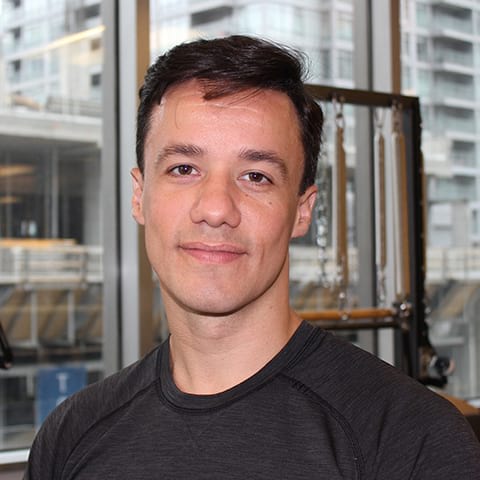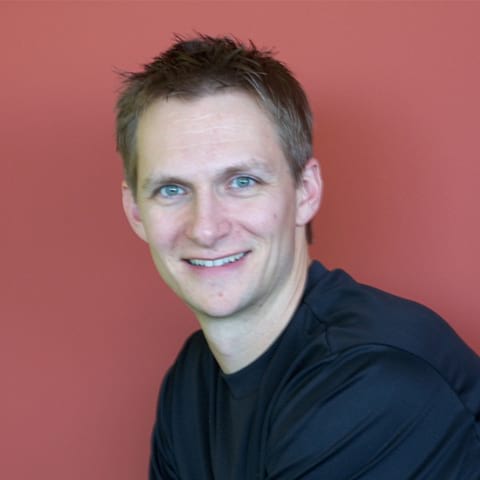
Are you striving to grow your fitness career? In the highly competitive world of fitness, adding mindful movement to your repertoire is a good way to differentiate yourself and build a reputation as a holistic fitness practitioner.
Instructors of mindful movement have a unique understanding of body mechanics and exercise effectiveness, injury prevention and overall wellbeing.
Four Merrithew® Instructor Trainers explain how they carved out successful careers in the fitness industry by incorporating mindful movement into their teaching practices.
Find out how you can develop and launch your career in mindful movement with Merrithew.

Pilates as a foundation for fitness
Jill Winegar, The Sweatshop, Minnesota
Jill was 12 years into her career as a trainer/instructor before she encountered Pilates. She loved how different it was from the traditional ‘go hard or go home’ approach to fitness. It completely changed how she thought about fitness and the way she coached clients and athletes.
Jill learned how to embrace thoughtful and purposeful movement, and today she incorporates the methodology into everything she does, to the benefit of her clients— and her career.
“As the University of Minnesota Men's Rowing coach, I apply Pilates all the time to the technical sport of rowing,” she says. “It makes the athletes more effective in their technique, less vulnerable to injury and more aware of their own bodies.”
Mindful movement continues to change how Jill teaches. With new information coming out all the time, her knowledge and the way she works with clients is always evolving.

Healthy bodies, healthy career
Saulo Ouverney, Merrithew Corporate Training Center, Toronto
As an extreme athlete in his youth, Saulo suffered from frequent injuries, despite being strong, limber and resilient. As a trainer, he found his clients faced the same challenges, and so he decided it was time to find a better way.
When he discovered mindful movement, he knew he'd found what he'd been looking for: a modality that would help his clients develop strength and body awareness without injury or pain.
“It's so rewarding when a client says, ‘My back doesn't hurt anymore,' or 'I can sleep better now,’” he says. "Mindful movement has helped me be more precise in cueing and correcting movement, listening to my clients' needs and helping them achieve their goals."
Saulo has built a reputation as someone who helps clients achieve enhanced control, stability and body awareness. And promoting healthy movement hasn't just helped his clients— it has helped him build a healthy career.

Pilates + performance = The perfect combination
Dr. Bob Andersen, Victory Pilates, Nebraska
Bob has always been fascinated with the mechanics of how the body moves and how it becomes faster and stronger. When his wife Wendy started training to become a Pilates instructor, it opened his eyes to the functionality of the method and took his career as a performance coach in a whole new direction.
The principles of mindful movement strongly complemented his own performance training philosophies. Combining them has helped him get some very positive results for his clients, not just in terms of athletic performance, but also for their general well being.
“I'm much more intentional with my cueing to make sure my clients are moving properly, but are also appropriately challenged," he says.

Move better, live better
Claudia Fink, The Studio, Milan
This accomplished fitness instructor and trainer was introduced to mindful movement after a sports injury. When her physiotherapist recommended Reformer exercises, she was immediately hooked on the variety of exercises she could do and on the precision and control they required.
"I've learned to approach each body as unique, with different needs," she says. "And I've also learned that to live better, you need to move better. It's important to have strong knowledge of anatomy, biomechanics and pathologies, but also to be conscious of what feedback your clients are giving you. Whenever I get positive feedback, it's incredibly satisfying."
This blog post is based on an article that originally appeared in Personal Fitness Professional magazine.